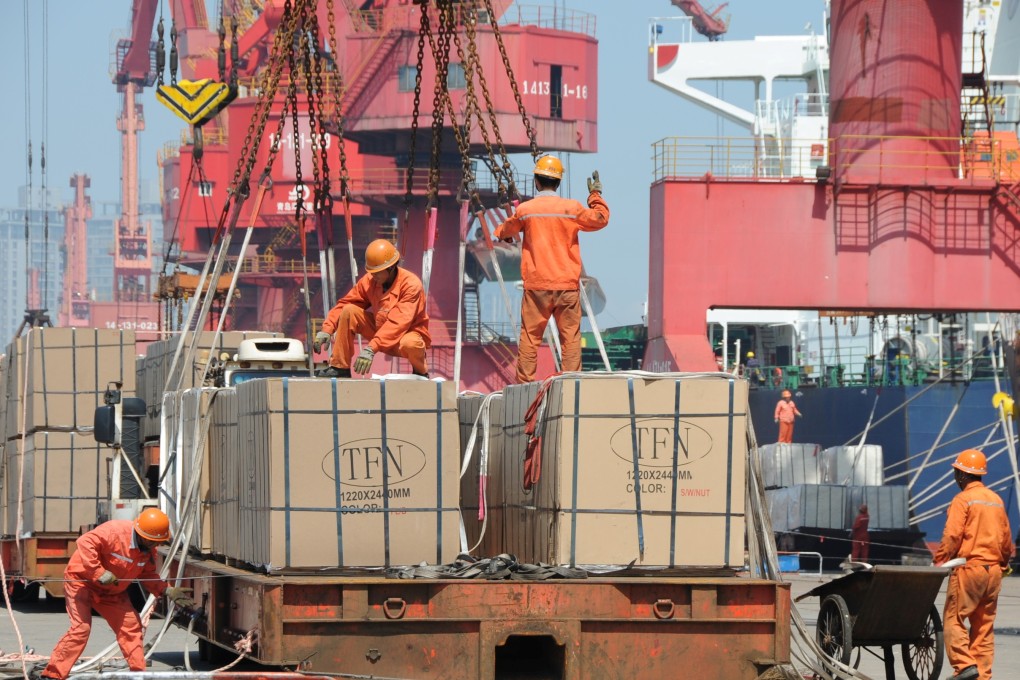China-based firms look to obscure tariff loophole to dodge trade war, but US customs is cracking down
- An arcane piece of trade law has caught the eye of exporters looking to avoid Donald Trump’s tariffs on goods valued at less than US$800 each
- But US customs is looking into manipulation of Section 321, also know as the ‘de minimis’ rule, which can only be used within strict parameters

Companies manufacturing in China are using a little-known trade rule to dodge tariffs on their exports to the United States and reduce the cost of US President Donald Trump’s trade war.
Section 321 of the Tariff Act of 1930 – also known as the de minimis rule – is a legal loophole that allows single shipments not exceeding US$800 in value per individual or company within a 24-hour period to enter the US tariff free.
“The de minimis is the green lane of trade,” said Charles Brewer, CEO of DHL e-Commerce in Singapore, in reference to the customs channels at an airport where a passenger must declare if they are carrying goods above a certain value by exiting through the red lane.
Its use in the US skyrocketed after then president Barack Obama quadrupled the limit from US$200 in 2016 to boost e-commerce. Now, the US’ ceiling is among the world’s highest, and the rule has grown more important since Trump started placing tariffs on Chinese imports in 2018.
Traders in China have since been alerted to a legal – if admin-intensive – way of avoiding tariffs. Meanwhile, a cottage industry of lawyers and logistics companies are springing up around Hong Kong and further afield, offering one-stop shops for buyers in the US and sellers in China looking to use Section 321 to reduce their costs.